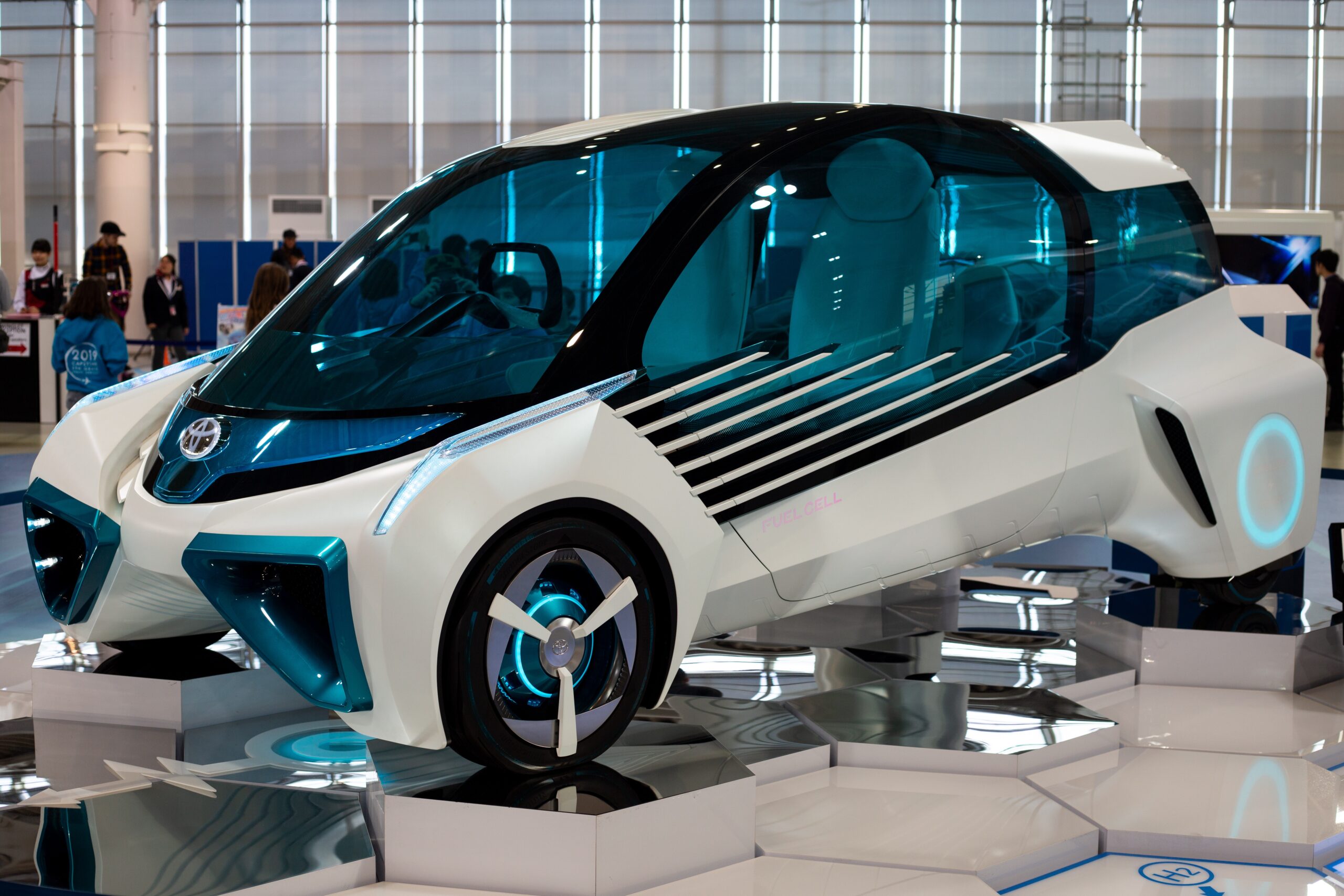Compared to other industries, the automobile industry spends the greatest money on R&D. Future automobiles should be lighter, greener, and far more intelligent in order to transform how people perceive transportation as a result of ongoing technological advancement and new discoveries.
Modern auto manufacturing is evolving quickly. New technologies and creative advancements are to blame for the alterations. We cordially invite you to learn more about how technology has changed and will continue to revolutionize the automotive manufacturing industry.

Here’s a Breakdown of the Top Technologies That Changed The Automobile Production Industry
1. KERS and DRS
These two new systems were designed to solve the problem of insufficient overtaking in Formula One. As a hybrid powertrain that complements the engine and transmission, the Kinetic Energy Recovery System (KERS) was designed to make overtaking easier by adding about 80 horsepower for six seconds on each lap.
A computer sealed by the International Automobile Federation, after each crossing the finish line, determined how much energy was spent and how much needed to be restored. DRS (Drag Reduction System) is an aerodynamic system also designed to make overtaking easier. At two or three points on the track, the computer allows the pilot to raise the main plane of the rear wing, which reduces drag and downforce.
KERS and DRS are not the results of loopholes in the rules, but, on the contrary, give cars something in common with road cars. Both of these technologies are beginning to be used in supercars, and it’s only a matter of time before regular sports cars get similar capabilities.
Today it is possible to test supercars even while traveling thanks to the supercar rental service. Since today car rental has become a fairly affordable service, almost everyone can get a new driving experience by renting a MacLaren, Porsche, Lamborghini. Besides supercars, you may hire a standard luxury car.
The UAE is considered a well-known hub for luxury cars. Go and rent a Rolls Royce Dubai, Mercedes Sharjah or any convertible in Abu Dhabi. If you find it impractical to purchase and maintain an automobile, hire a car like Mercedes Benz G-Class by contacting professionals working in car rentals.
2. Smart Surveillance
Smart security cameras are already in our homes, but now they perform other functions. Ring, a company that primarily makes doorbells, has announced an automotive security business. The Ring Car Cam is equipped with sensors that can detect if your car has been broken into. It can also be used as a DVR.
3. Carbon fiber
Every manufacturer wants to make a car faster, lighter and more economical. Thus, you can please all car enthusiasts. Carbon fiber has long been used in the automotive industry. So carbon fiber was first used on Formula 1 racing cars and exotic supercars. Carbon fiber is making its way into the mainstream auto market these days. So BMW has invested heavily in the i3 and i8 models that use carbon fiber. So, in any case, expect many automakers to use this material more and more on their production vehicles.
4. Transport electrification
The demand for electric vehicles is growing every year. Unlike fossil fuel vehicles, electric vehicles do not have an internal combustion engine. Instead, there are batteries that can be charged at a special charging station. The benefits of transport electrification include reducing greenhouse gas emissions, improving air quality, reducing dependence on fossil fuels, and creating a more sustainable transport system. In addition, the proliferation of electric vehicles is fueling innovation in battery development, charging infrastructure and renewable energy.
5. Expanded polypropylene (EPP)
EPP was first employed to make shock-absorbing parts for bumpers in the 1980s; later, due to its numerous helpful features, it supplanted conventional foams in many sections of the automobile industry.
For starters, it is substantially lighter, easier to shape, and 100% recyclable, which perfectly fits contemporary carmaker criteria. EPP’s low-cost molding method and cutting-edge 3D computer modeling make it a suitable material for developing distinctive, inventive solutions.

In addition to excellent thermal insulation properties and shock absorption, it provides protection for sensitive electronics from overvoltage and at the same time is not subject to permanent deformation.
All this has led to the fact that today it is used not only for the production of basic car equipment, such as seats, headrests or door fillers, but also for the elements that make up batteries for electric vehicles.
6. Solar technology
Solar technology is rapidly becoming cost-competitive with other energy sources. It’s even impossible to believe, since a few years ago the cost of solar panels was ten times higher than today. Due to the reduction in the cost of solar panels, they will affect the production of automobiles and possibly their movement in the near future. In this way, car factories and vehicles can become more environmentally friendly than they are now.
Well, there you have it, the top technologies that has changed the automobile production industry. Feel free to comment below if you have some thoughts about this topic.
Watch this space for updates in the Technology category on Running Wolf’s Rant.
Like what you just read? Subscribe To Our Newsletter to stay in the loop.
Feel free to explore our website or check out our Featured Articles.
Looking for a gift for that special person in your life? Check out Netflorist.co.za, South Africa's top online florist and gift service. They offer flowers, gifts, and hampers for all occasions AND reliable nationwide delivery.


